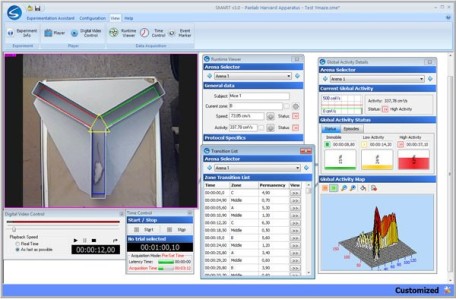Authors
Yanxing Chen, Zhihou Liang, Julie Blanchard, Chun-Ling Dai, Shenggang Sun, Moon H. Lee, Inge Grundke-Iqbal, Khalid Iqbal, Fei Liu, Cheng-Xin Gong
Lab
Department of Neurochemistry, New York State Institute for Basic Research in Developmental Disabilities, New York, USA
Journal
Molecular Neurobiology
Abstract
Abstract
Alzheimer’s disease (AD) can be divided into sporadic AD (SAD) and familial AD (FAD). Most AD cases are sporadic and result from multiple etiologic factors, including environmental, genetic, and metabolic factors, whereas FAD is caused by mutations in the presenilins or amyloid-β (Aβ) precursor protein (APP) genes. A commonly used animal model for AD is the 3xTg-AD transgenic mouse model, which harbors mutated presenilin 1, APP, and tau genes and thus represents a model of FAD. There is an unmet need in the field to characterize animal models representing different AD mechanisms, so that potential drugs for SAD can be evaluated preclinically in these animal models. A mouse model generated by intracerebroventricular (icv) administration of streptozocin (STZ), the icv-STZ mouse, shows many aspects of SAD. In this study, we compared the non-cognitive and cognitive behaviors as well as biochemical and immunohistochemical alterations between the icv-STZ mouse and the 3xTg-AD mouse. We found that both mouse models showed increased exploratory activity as well as impaired learning and spatial memory. Both models also demonstrated neuroinflammation, altered synaptic proteins and insulin/IGF-1 (insulin-like growth factor-1) signaling, and increased hyperphosphorylated tau in the brain. The most prominent brain abnormality in the icv-STZ mouse was neuroinflammation, and in the 3xTg-AD mouse it was elevation of hyperphosphorylated tau. These observations demonstrate the behavioral and neuropathological similarities and differences between the icv-STZ mouse and the 3xTg-AD mouse models and will help guide future studies using these two mouse models for the development of AD drugs.
BIOSEB Instruments Used
Smart 3.0 - Video Tracking System (SMART30)

 Douleur - Allodynie/Hyperalgésie Thermique
Douleur - Allodynie/Hyperalgésie Thermique Douleur - Spontanée - Déficit de Posture
Douleur - Spontanée - Déficit de Posture Douleur - Allodynie/Hyperalgésie Mécanique
Douleur - Allodynie/Hyperalgésie Mécanique Apprentissage/Mémoire - Attention - Addiction
Apprentissage/Mémoire - Attention - Addiction Physiologie & Recherche Respiratoire
Physiologie & Recherche Respiratoire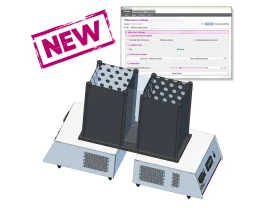
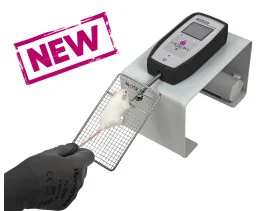
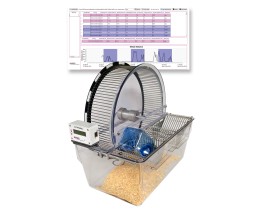

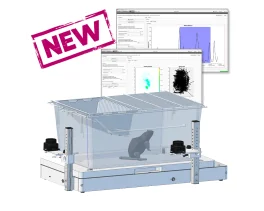

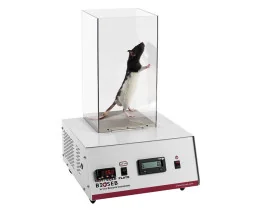
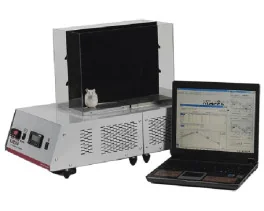

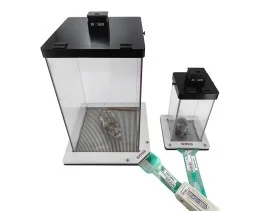

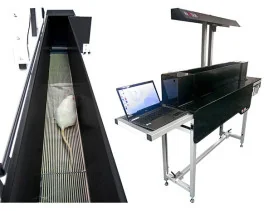
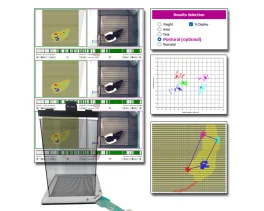
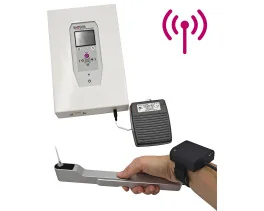
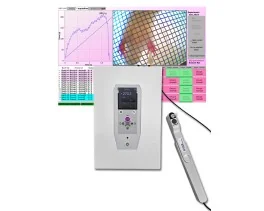

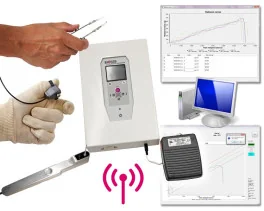

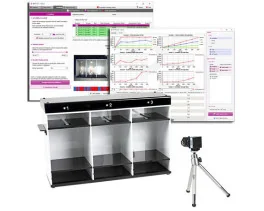
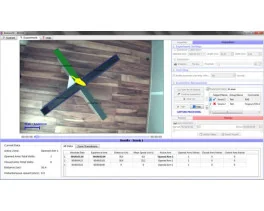
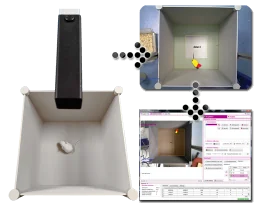


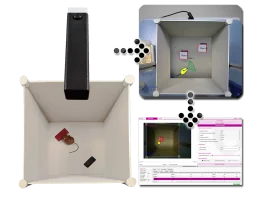

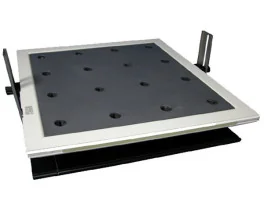


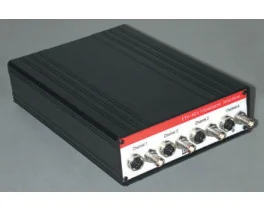
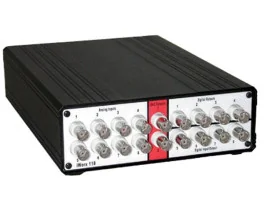
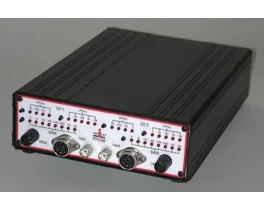
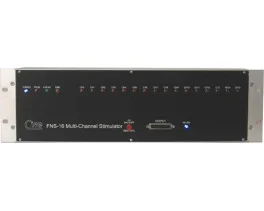
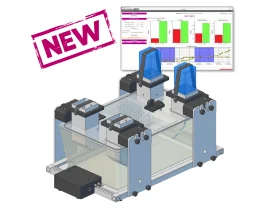
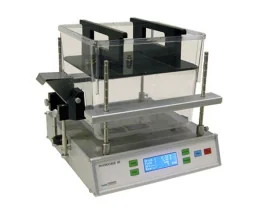
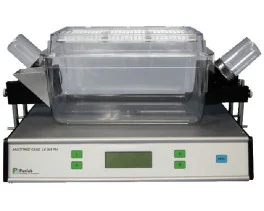
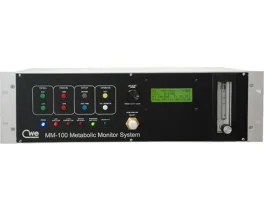
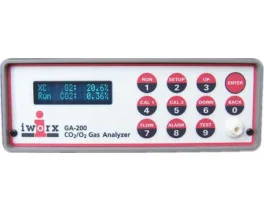
 Douleur
Douleur Système Nerveux Central (SNC)
Système Nerveux Central (SNC)  Neurodégénérescence
Neurodégénérescence Système sensoriel
Système sensoriel Système moteur
Système moteur Troubles de l'humeur
Troubles de l'humeur Autres pathologies
Autres pathologies Système musculaire
Système musculaire Articulations
Articulations Métabolisme
Métabolisme Thématiques transversales
Thématiques transversales Congrès & Meetings
Congrès & Meetings 